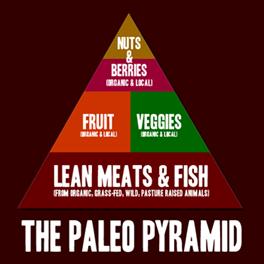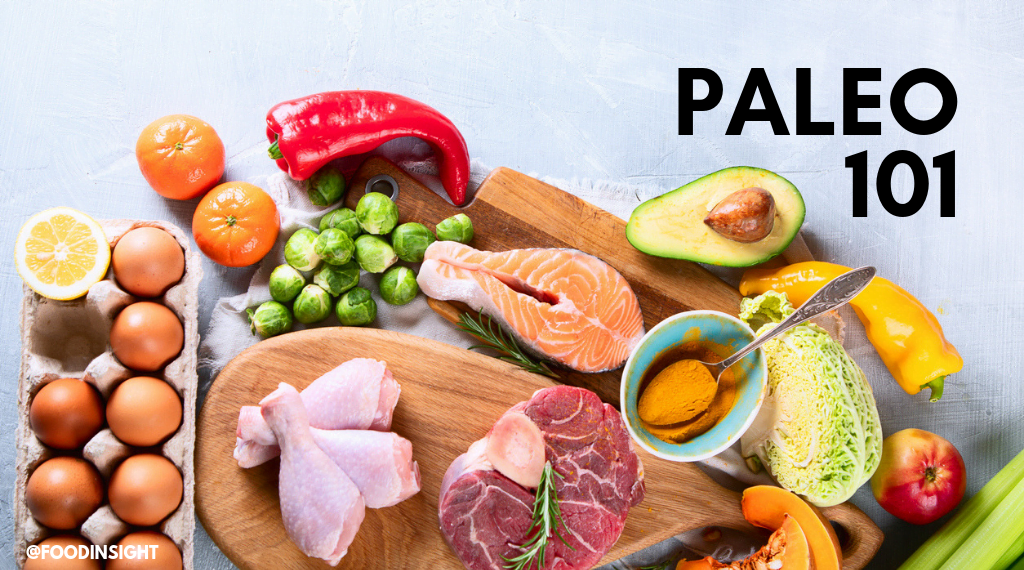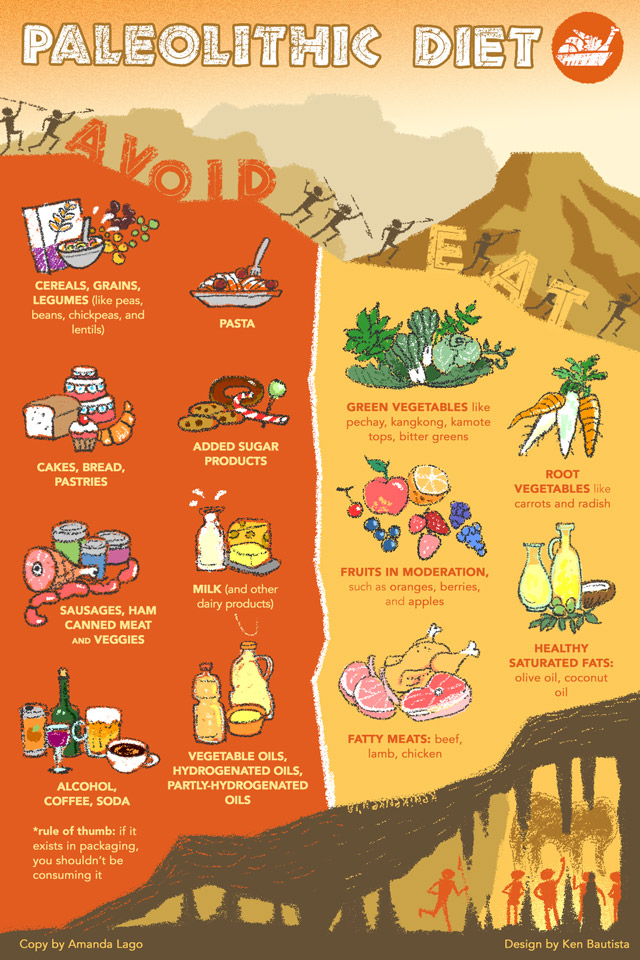
Paleo may be something you're considering. Here are some common items you should not consume to lead a healthier life. Common additives include aspartame, calcium sorbate, monosodium glutamate (MSG), nitrates, potassium bromate, saccharin, artificial sweeteners, and GMOs.
Processed foods
Processed foods are not found in nature. These foods are made in laboratories and often contain artificial preservatives and ingredients. They lack essential nutrients, fibre, and protein. A paleo diet means that you will avoid processed food. What are some foods you should avoid? Here are some foods to avoid when you follow a paleo eating plan.
Refined sugars
Paleo does not allow for refined sugars. These products are full of additives that are harmful to your health. You can consume refined sugars, but only in moderate amounts. Ezekiel Bread, made from grains, legumes, as well as goat milk, can also be tried.
Phytic acid in grains

Phytic Acid is a chemical found in grains and other plants which interferes with the body's ability to absorb minerals. It is particularly problematic in countries with low levels vitamin A and iron. However, phytic acid is not completely off-limits on the Paleo diet. There are a few ways to minimize its impact. This can be done by soaking the grains in water before you cook them and by cooking legumes longer. It is difficult to say whether there is a right or wrong answer.
Vegetable oils
Vegetable oils are a popular addition to modern cooking. But are they healthy for you? These oils contain both omega-3 fatty acid and polyunsaturated fatty acids that are not healthy for Paleo. Even though they are organic, well-sourced and cold pressed vegetable oils can still contain unhealthy polyunsaturated butters that are harmful to your body. Fortunately, there are ways to substitute these oils in your cooking without compromising your diet.
Fruits
Apples are a staple on the paleo diet and one of the most popular foods. They are very nutritious and high in calories. An average-sized apple is about 10 grams in sugar and has more than 2 grams fiber. Bananas and melons, while not being considered paleo foods, are much more nutritious than apples. If you really want to stick to your diet, however, you might consider adding one of these fruits.
Organic fruits
If you are on a Paleo diet, you should buy only organic, non-GMO fruits and vegetables. Organic produce will have fewer pesticides and trace chemicals. You can also opt for items with low pesticide residue such as the Clean 15 list from Environmental Working Group. Each year, The Environmental Working Group releases lists of the "dirtiest", and "cleanest," foods.
Meat

A grocery list is the first step in Paleo eating. You will be more likely to follow your plan than get lost in the grocery aisles. A grocery list will not only help you stay on track but it will also help to identify foods that are suitable for the paleo diet. Here are some examples of foods you shouldn't eat on Paleo.
FAQ
Which is the best way for you to learn how to cook?
Cooking is a skill that every person should learn. You'll miss out on delicious meals if your skills are not up to par. You must start by finding a recipe you enjoy and following it closely when you learn to cook. The next step is to practice making small modifications to the recipe until it becomes second nature. The last step is to cook for others. This will allow you to improve your cooking skills and test your abilities.
How much does it cost to study Culinary Arts?
Prices for studying culinary arts vary widely. A four year degree is typically around $40,000. On the other hand, a two-year associate's degree may cost less than $5,000. Tuition rates vary depending on what program you choose. Private institutions charge higher prices than public ones.
What is the cost of a culinary school?
Culinary school costs vary depending on where you go, how long you study, and what program you choose. The annual tuition average is between $10,000 and $30,000 Most students graduate with about $20,000 in debt. There are programs that offer work-study and scholarships.
How can you get motivated to cook well?
Sharing food with friends and family is a great way to have fun cooking. Cooking for one is easier than cooking for another. If you want to be motivated to cook, try making something new. This will allow you to discover new recipes and techniques. Also, you can use recipes from different cultures to expand your culinary knowledge.
How long does it take to learn to cook? How long do I need to learn to cook?
It depends on what kind of skill level you are trying to achieve. Some people learn basic cooking techniques in just a few days. Others may take several months or longer to feel competent enough to teach themselves how they cook.
The time it takes to learn how to cook will vary depending on who you are. One example is that someone who has never tried cooking before would likely take more time to learn than someone who cooks often. You may also need more experience with certain types of cooking than others. Baking, for instance, requires more skill than frying.
If you want to learn how quickly you can cook, you should focus on learning a specific technique. Once you are proficient in that technique, you can move onto the next one. You shouldn't stress about how long it takes to learn how cook. Just keep practicing and enjoy the process.
What are your basic cooking skills
Basic cooking skills include being able to read and measure ingredients, prepare food safely, clean up after yourself, and cook. You need to master these skills if you want to cook for your own meals. You can also save money by cooking at home.
Statistics
- You'll be amazed that over 90% of CIA students receive scholarships and grants to finish their culinary studies. (ischoolconnect.com)
- On average, chefs earn $58,740 a year, according to the BLS. - learnhowtobecome.org
- In the United States, the category is estimated at $23.2 billion annually and is growing faster than the market. (washingtonpost.com)
External Links
How To
How to become a chef
One of the most exciting careers is that of a chef. It is difficult to know what job you would like, as it requires a lot in the way of knowledge and skills. There are many options for those who want to work immediately. You can work at restaurants, hotels or catering businesses. You could also take up cooking classes. To make the decision easier, we've prepared some useful tips on becoming a chef.
-
Learn how you can cook!
Cooking is something everyone should learn at least once in their life. You should learn to cook if you don't already know much about food. So many different recipes are available online, and they are easy to follow. When learning new things, the most important thing to remember is not to rush. Take your time, enjoy each step, and don't rush to learn new things.
-
Get a degree
If you want to become a professional chef, you should consider getting a culinary arts degree. You'll be able develop your personal style and taste, while also learning valuable information. Culinary schools offer courses such as baking, pastry making, meat cutting, and much more. They often require students to continue classes for several years before they are able to graduate. You should consider carefully before you choose any school if you want to be a chef.
-
Work in a restaurant
Working in a restaurant is probably the easiest way to enter the world of chefs. Many people start out as chefs because they get hands-on experience. Restaurants are always looking for qualified staff, particularly those who have experience in other areas. So if you want to become a chef without formal education, you should look for restaurant jobs.